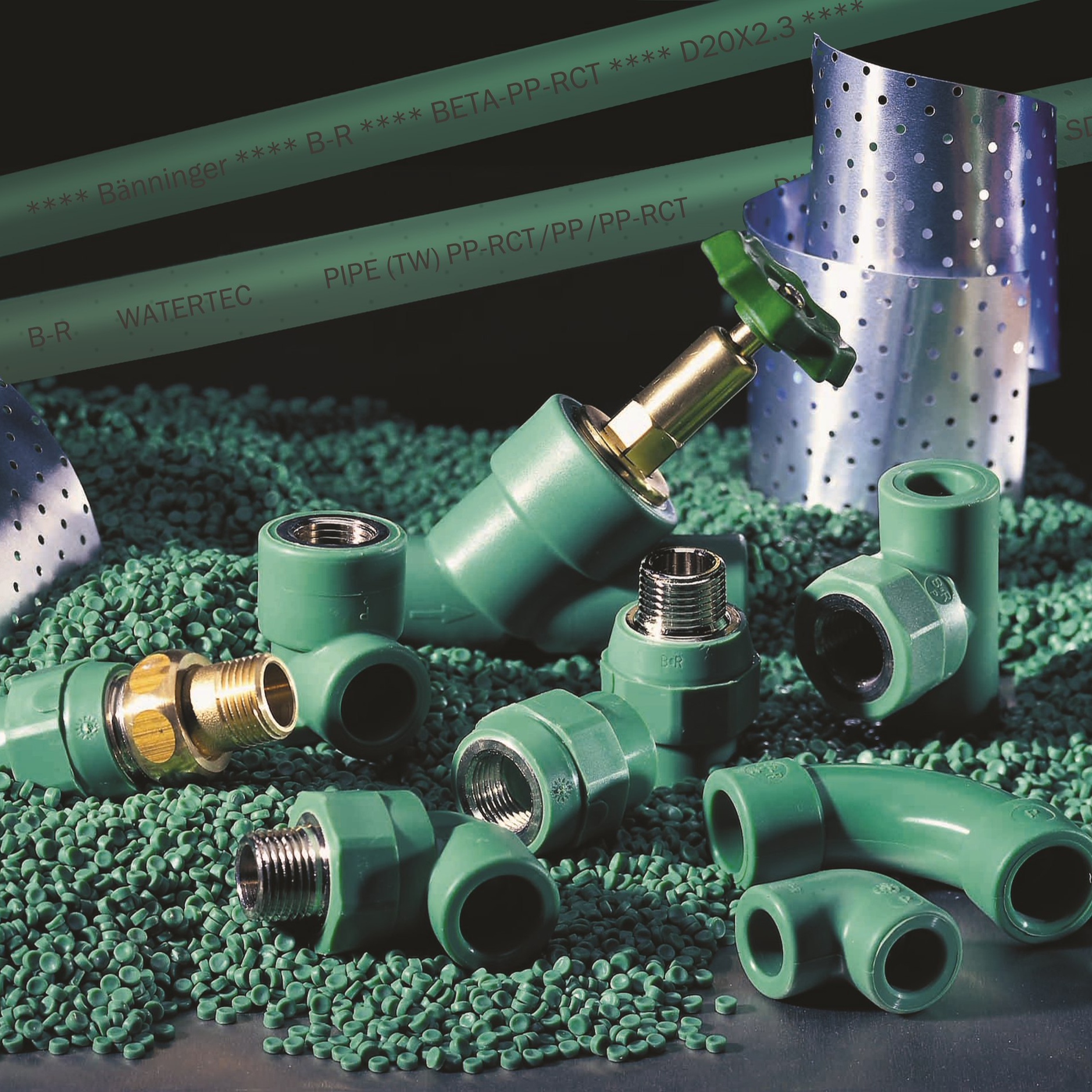Introduction
Polypropylene Random Copolymer (PPR) pipes have revolutionized the plumbing industry with their durability, versatility, and eco-friendliness. This article explores the innovations in PPR pipe manufacturing and profiles some of the leading manufacturers driving advancements in the field.
1. Evolution of PPR Pipe Technology
The evolution of PPR pipe technology has been marked by significant advancements in materials and manufacturing processes. Initially developed in the 1980s, PPR pipes were primarily used in plumbing systems due to their resistance to corrosion and scale buildup. Over the years, manufacturers have refined the composition of PPR pipes to enhance their thermal and mechanical properties. Modern PPR pipes are known for their high temperature resistance, long-term durability, and ease of installation, making them a preferred choice in both residential and commercial applications.
2. Leading PPR Pipe Manufacturers
Innovations in Material Composition
Manufacturers such as [Manufacturer A] and [Manufacturer B] have pioneered innovations in PPR pipe material composition. By incorporating advanced additives and enhancing the random copolymer structure, these companies have achieved superior thermal stability and increased resistance to chemical degradation. These advancements not only improve the performance of PPR pipes under extreme conditions but also extend their service life, reducing maintenance costs for end-users.
Cutting-Edge Manufacturing Processes
The manufacturing processes employed by leading PPR pipe manufacturers have also seen significant advancements. Utilizing state-of-the-art extrusion and molding technologies, companies like [Manufacturer C] and [Manufacturer D] produce PPR pipes with precise dimensions and uniform wall thickness. This ensures consistent quality and reliability across their product lines, meeting stringent international standards for plumbing and HVAC applications.
3. Environmental Sustainability and PPR Pipes
Recyclable Materials and Green Initiatives
In response to global environmental concerns, many PPR pipe manufacturers have embraced sustainable practices in their production processes. Companies like [Manufacturer E] have invested in recyclable materials and implemented green initiatives to minimize their carbon footprint. PPR pipes, known for their recyclability and low environmental impact compared to traditional materials like PVC, play a crucial role in sustainable construction practices worldwide.
Impact on Building Certification Standards
The adoption of PPR pipes in green building projects has contributed to their growing popularity. Certifications such as LEED (Leadership in Energy and Environmental Design) recognize the use of eco-friendly materials like PPR pipes, incentivizing builders and developers to choose sustainable plumbing solutions. As building regulations increasingly prioritize environmental sustainability, PPR pipe manufacturers continue to innovate, offering products that meet the highest standards of efficiency and resource conservation.
4. Future Trends and Market Outlook
Technological Innovations and Smart Integration
Looking ahead, the future of PPR pipe manufacturing is poised for further technological innovations and smart integration. Manufacturers are exploring IoT (Internet of Things) applications to monitor pipe performance in real-time, enhancing maintenance predictability and optimizing water distribution systems. Innovations in antimicrobial coatings and integrated sensors are also expected to redefine the functionality of PPR pipes, catering to the evolving needs of smart cities and intelligent infrastructure projects.
Global Market Expansion and Industry Collaboration
The global market for PPR pipes is projected to expand significantly, driven by urbanization, infrastructure development, and the increasing demand for sustainable building materials. Manufacturers are forging partnerships and collaborations to enhance product distribution channels and penetrate emerging markets. By leveraging economies of scale and localizing production facilities, PPR pipe manufacturers aim to address regional requirements while maintaining global quality standards.
Conclusion
In conclusion, the evolution of PPR pipe manufacturing reflects a commitment to innovation, sustainability, and reliability in the plumbing industry. Through advancements in material science, manufacturing processes, and environmental stewardship, leading manufacturers are reshaping the future of infrastructure development worldwide. As the demand for durable, eco-friendly plumbing solutions grows, PPR pipes are set to play a pivotal role in shaping a sustainable built environment for generations to come.ppr fittings
